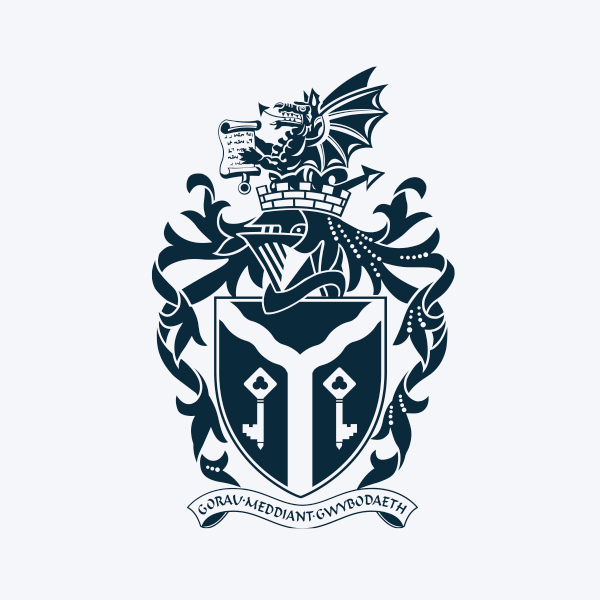
Professor Fei Zhao
Professor in Hearing Science and Audiology
Cardiff School of Sport & Health Sciences
Overview
My research is dedicated to improving the quality, capacity and equality of access to hearing healthcare by developing and implementing effective and accurate diagnostic tools. The significance of the work is seen in peer recognition of the scientific breakthroughs, the knowledge translation, clinical applications and resulting social impact.
One of my research interests is to develop sensitised and reliable measures for detecting the auditory dysfunction. I have led several research projects including development and clinical application of a new system to measure the middle ear dynamic characteristics and innovative approaches to understand middle ear mechanisms in pathological conditions using bioengineering theoretical analysis and artificial intelligence (AI) technology. In 2021 I was awarded a prestigious grant by the NIHR Artificial Intelligence in Health and Care Award to support a project on the development of an artificial intelligence system for the automated diagnosis of otitis media with effusion in children (also called 'glue ear').
My teaching expertise is mainly in the field of Clinical Audiology as well as some generic areas, for example, research methods, literature review, evidence based medicine and ENT disorders.
My management expertise is about 1] academic management, including substantial course design and module development for both UG and PG programmes; and 2] administrative management, including solving problems, establishing collaborative links with professional communities and local health authority.
Research Publications
Age effect on wideband absorbance in people with normal middle ear function: a systematic review
Zhao, F., Suresh, S. C., Jones, E., Cao, Z., Zhang, L., Wang, J., Grais, E. M., Rajenderkumar, D., Lauxmann, M. & Jiang, W., 5 Dec 2025, In: International Journal of Audiology. p. 1-21 21 p.Research output: Contribution to journal › Review article › peer-review
Multisensory Integration for Identifying the Milling States in Robot‐Assisted Cervical Laminectomy
Sun, C., Zheng, Y., Hu, J., Ke, W., Zhao, F., Xia, G., Dai, Y., Xue, Y. & Wang, R., 9 Oct 2025, In: Orthopaedic Surgery. 17, 11, p. 3252-3261 10 p.Research output: Contribution to journal › Article › peer-review
Effects of inner ear abnormalities on middle ear mechanics: Findings from adults with MD and LVAS
Jiang, W., Mu, Y., Lin, H., Shen, C., Zhang, H., Zhao, F., Qiao, Y., Li, X. & Liu, W., 27 Sept 2025, In: Brazilian Journal of Otorhinolaryngology. 92, 1, 101673.Research output: Contribution to journal › Article › peer-review
A Multimodal Machine Learning Framework for Diagnosis of Otitis Media with Effusion Using 3D Wideband Acoustic Immittance
Rahim, T. & Zhao, F., 5 May 2025, 2025 IEEE 22nd Consumer Communications and Networking Conference, CCNC 2025. Institute of Electrical and Electronics Engineers Inc., p. 1-5 5 p. (Proceedings - IEEE Consumer Communications and Networking Conference, CCNC).Research output: Chapter in Book/Report/Conference proceeding › Conference contribution › peer-review
Acceptance of artificial intelligence in the diagnosis of otitis media with effusion: A cross-sectional survey among clinicians and service users
Bennett, A., Zhao, F., Yeomans, H. & Hall, A., 3 May 2025.Research output: Contribution to conference › Poster
Predominant white matter microstructural changes over gray matter in tinnitus brain
Xu, Q., Chai, T., Yao, J., Xing, C., Xu, X., Yin, X., Zhao, F., Salvi, R., Chen, Y. C. & Cai, Y., 26 Apr 2025, In: NeuroImage. 312, p. 121235 121235.Research output: Contribution to journal › Article › peer-review
Cross brain reshaping in congenital visual or hearing impairment: triple-network dysfunction
Li, J., Xiong, B., Chen, S., Li, J., Luo, Y., Chen, Y.-C., Song, J.-J., Zhao, F., Yang, J., Li, C., Zheng, Y., Gui, L., Feng, H., Chen, W., Cai, Y. & Chen, W., 17 Apr 2025, In: Brain Communications. 7, 2, p. fcaf150 fcaf150.Research output: Contribution to journal › Article › peer-review
The impact of endolymphatic hydrops on wideband acoustic immittance and otoacoustic emissions in guinea pigs
Lin, H., Li, X., Zhang, H., Mu, Y., Wang, X., Konduru, N., Ji, R., Liu, W., Fei, Z., Jiang, W. & Qiao, Y., 23 Jan 2025, In: Frontiers in Neurology. 16, p. 1444928 1444928.Research output: Contribution to journal › Article › peer-review
Impaired network organization in mild age‐related hearing loss
Tong, Z., Xing, C., Xu, X., Xu, J., Wu, Y., Salvi, R., Yin, X., Zhao, F., Chen, Y. & Cai, Y., 2 Jan 2025, In: MedComm. 6, 1, p. e70002 e70002.Research output: Contribution to journal › Article › peer-review
Development and Validation of a Machine Learning Model for Detection and Classification of Vertigo
Tang, X., Ye, W., Ou, Y., Ye, H., Zhu, X., Huang, D., Liu, J., Zhao, F., Deng, W., Li, C., Cai, W., Zheng, Y., Zeng, J. & Cai, Y., 19 Dec 2024, In: Laryngoscope. 135, 5, p. 1652-1660 9 p.Research output: Contribution to journal › Article › peer-review